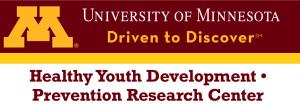The It's That Easy! curriculum provides participants with tools, techniques, and interactive activities to use with parents. Training content includes
• The role of parents as sexuality educators• Individual and cultural values, morals, and beliefs• The power of relationships: parent-child attachment and connectedness• Child and adolescent growth and development• Navigating media and popular culture



